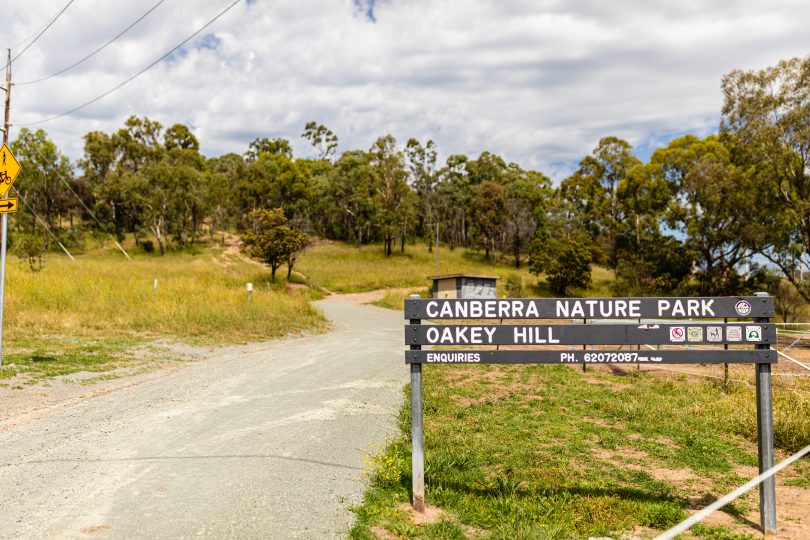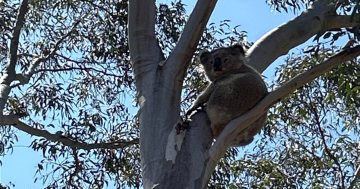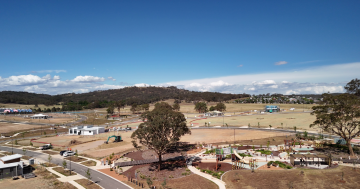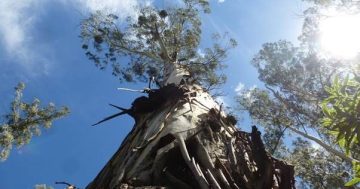
The ‘Canberra Nature Park Reserve Management Plan’ has been released for the ACT’s 39 nature reserves. Photo: Daniella Jukic.
From changes to dog-walking rules to celebrating a connection to Ngunnawal country, the ACT Government’s 10-year ‘Canberra Nature Park Reserve Management Plan’ has been released for the Territory’s 39 nature reserves.
The plan features the addition of a further nine ‘nature reserves’ from prior plans, including Goorooyarroo, Percival Hill, Jerrabomberra West Grasslands Callum Brae, Kinlyside, Jarramlee/West Macgregor Grasslands, Budjan Galindji Grasslands, and Nadjung Mada.
It also includes several environmental offset areas for the endangered box gum woodland and native grassland ecosystems, and everything in the ecosystem which relies on them.
Cultural director of the Traditional Owners Aboriginal Corporation and Ngunnawal knowledge holder Richie Allen welcomed the prioritising of connection to country through the plan, saying anything that incorporates traditional ways in modern life is good for the land and pleasing to the Ngunnawal people.
While Mr Allen is glad the changes will work towards the protection of native species and wildlife, he hopes any changes will not deter people from heading out and experiencing the many “free zoos” available in Canberra.
“See your own country before you go anywhere else,” he said. “Learn about the stories and the history of what it used to be like.
“I always say when you go to these places and you connect to the Ngunnawal people here in Canberra, take the western lens off and see things how we see it. Look at those footprints the Ngunnawal people have left for more than 65,000 years.”
Dog-walking is among the activities under review in several of the 39 reserves. In all cases, owners will be required to have their dogs on a leash and only walk them along a track or trail.
Owners are encouraged to be conscious of their impact on the wildlife and environment around them, with dog-walking among activities such as bike-riding and horse-riding viewed as in need of refinement in order to protect the native flora and fauna in the ACT reserves.
The ‘Canberra Nature Park Reserve Management Plan’ also approaches issues of controlling weeds and pests, and preventing fires – one of those ways is through the banning of drones.
ACT Minister for Planning and Land Management Mick Gentleman said the plan is vital in ensuring Canberra’s makeup as a city filled with, and surrounded by, green spaces.
“Canberra’s connection to green spaces sets us apart from many other cities around the world, and this new plan will ensure we protect the many nature reserves in our bush capital,” he said.
“We have worked closely with the Canberra community to develop a management plan that protects our iconic nature spaces, while providing the community with plenty of recreational opportunities close to home.
“Canberrans love our nature reserves, and Canberra Nature Park is popular for its extensive nature-based recreational opportunities across 39 reserves.
“Recreational facilities and visitor programs will be enhanced to encourage the community to take part in nature-based experiences.”
The ‘Canberra Nature Park Reserve Management Plan’ can be viewed here.
Original Article published by Max O’Driscoll on Riotact.








